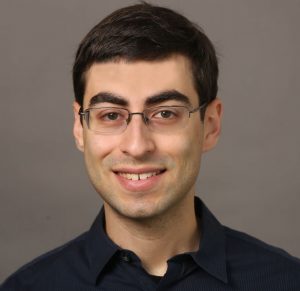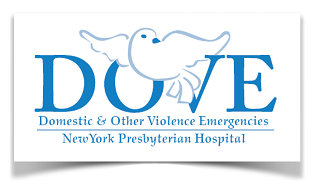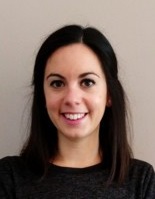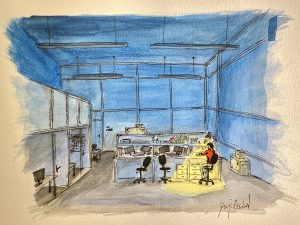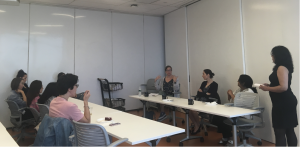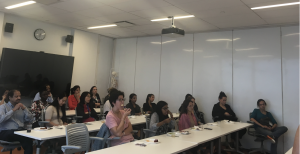The CUPS blog provides a space for postdocs to share their perspectives and express their opinions. We welcome your submissions – please email [email protected].
Rinki Saha, a postdoctoral fellow in the Department of Developmental Neuroscience, shares a personal narrative and offers advice for scientists to combat misinformation during the COVID-19 pandemic.
‘We realize that this is an unprecedented time, and there are a lot of unknowns. We’re still working to make sense of the COVID-19 outbreak and how, as a company, we can best support our customers and employees during this time…’
By now, almost all of us have scrolled through dozens of these kinds of emails. We all are probably so psychologically numb that these words are not able to make scratches on our minds.
I still remember how in late January, during a lunch break, we were having fun reading a meme about how people have stopped drinking Corona beer after hearing stories about the virus outbreak in Wuhan, China. We were all surprised how China was building hospitals under a devastating health emergency, just in a few days. The whole world had no clue that this dreadful virus was already in action at least from December 2019. Later we have witnessed how this demon called coronavirus extended its paw starting from Europe to the USA with its differential spreading trajectory every day. The panic engulfed us in a way that we would binge the whole day by looking at the numbers of coronavirus infected cases and deaths growing on different websites worldwide. On March 11th, the World Health Organization announced the COVID-19 outbreak as a pandemic. Probably, this declaration of pandemic did not entirely reveal the deadliest extent of this virus.
This pandemic has shown us how a microscopic organism can take over the whole world in just a matter of days. From the health crisis to economic breakdown, the COVID-19 outbreak has become the darkest patch in our society. The most heartbreaking thing for me as a scientist is to see the flood of misinformation flowing around social media and creating perpetual confusion and chaos among the general public. The prevention of COVID-19 outbreak is straightforward, maintaining basic hand hygiene and social distancing can reduce the spread. Of course, continuing social distancing for a longer timespan takes a considerable toll on people’s mental health. I guess at the first stage of this pandemic, psychologically everyone tends to believe that we need a more critical preventive measure to stop this devil. The moment people realized that a vaccine and medicine are not immediately available, they started to look for easy fixes. Suddenly there were several magic cures for COVID-19 available in WhatsApp or other social media platforms ranging from a lemon ginger cocktail to cow urine or even disinfectant. Suddenly, people with zero scientific expertise adding the disclaimer ‘although I am not a doctor’ started to claim that blah blah blah (read hydroxychloroquine) can cure coronavirus patients. Arguments in social media are still ongoing that COVID-19 is not much deadlier than flu. This is a relatively easier topic to explain to people because we have the statistics to show the transmission rate of COVID-19. Additionally, we can specify that the number of deaths from COVID-19 per week is actually several times more than the influenza virus.
The most shaking propaganda of the current situation is the conspiracy theory of how the coronavirus has been created in the laboratory as a biological weapon to destroy the whole world. I have spent countless times explaining to my family and loved ones that there is no single evidence present at this moment, which can prove this is the case. Apart from the health crisis and economic crunch, COVID-19 pandemic has generated “misinfodemics”. As scientists, it is our duty to help non-scientists understand the whole situation surrounding the coronavirus pandemic. Most of the time, the language used in scientific journals to describe the newest discoveries is beyond the understanding of the general public. Although sometimes, few journals provide a separate section narrating the study’s significance to make it more digestible for non-scientists. Scientific jargon could make it very difficult to identify the subtle difference between information and pseudoscience. This is where science communicators could become that useful tool that can help to understand the difference between evidence-based science and misinformation. Right now, science communication is in dire need to restore the balance in the society.
We as scientists have to explain our work without unnecessary jargon so that whenever there is this news that X lab has already developed the vaccine against COVID-19, people should start questioning rather than generating false hopes.
Science communicators can pitch in and explain several difficult stages of vaccine development and that success in the initial stage does not necessarily mean that it will lead to final vaccine production. As research at its very core is challenging, we can fail at any point in our experimental ventures. In this current scenario, science communicators have to elaborately explain the different models used in research namely, cell culture, mouse, macaque to human. Drugs actively reducing the harmful effects of COVID-19 in cell culture does not mean that it will successfully work similarly during human clinical trials. Science communicators could also explain using evidence-based information what the right guidelines are and what is just misinformation. Probably more interactive sessions with science communicators could be most useful. More and more community-based science events need to be organized to make the general public aware of recent scientific trends and advancements.
Science communication could act as a ‘vaccine’ itself to fight against this coronavirus “misinfodemics”. How can it happen? Science communicators can embed laypeople with the right information, exactly the same way we get our vaccine booster. Immunity against some of the virus even needs multiple booster doses. In a similar manner, science communicators can administer an exact dose of scientific information in public. Once vaccinated, whenever our body encounters a virus, our immune system starts to respond by producing antibodies. I speculate that a layperson vaccinated with proper ‘science communication’ will begin to ask the right question at the right moment. Appropriate science communication can help a layperson even recognize the pattern in the news which contains misinformation. Whenever there will be a news article showing that a cure for COVID-19 is available according to a ‘research study’, I want to see that day when a layperson will ask to see that specific ‘research study’ for verification.
The job of science communicators will not be easy at all because just a few months ago, this virus was non-existent on this planet. We are still learning everyday new information about this virus. But with the willpower of science communicators the truth behind science will always prevail in the fight against misinformation.
Disclaimer: The opinion of the author does not necessarily reflect the opinion of CUPS.

